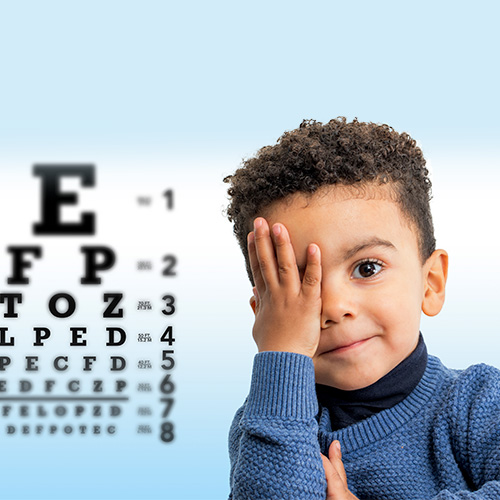
Can Crossed Eyes Be Corrected Without Surgery?
Crossed eyes, also known as strabismus, is a misalignment of the eyes that causes them to point in different directions. On average, strabismus affects an estimated four percent of children under the age of six. While surgery has become the go-to option for treating crossed eyes, in many cases, the problem still persists.
Fortunately, there’s a more natural, holistic approach for treating crossed eyes known as vision therapy. Read on as an Annapolis, MD vision therapy optometrist discusses strabismus and how vision therapy treats the root cause of crossed eyes without the need for surgery.
What Causes Strabismus?
“Eye turning” most characterizes strabismus, which causes one or both eyes to turn outward, inwards, turn down, and/or turn up. It can happen sporadically or constantly. While a physical misalignment appears to be the main cause of strabismus, there’s quite a bit more going on behind the scenes.
When the eyes don’t move in unison, the brain receives a different image from each eye. Since the brain can’t form a unified image under these conditions, it “turns off” or suppresses one of the images. This causes the suppressed eye to become progressively weaker than the other eye. Over time, this can lead to permanent vision loss and even blindness in the weaker eye.
Symptoms of Strabismus
- Squinting
- Tilting the head
- Poor depth perception
- Closing or covering up one eye to improve focus
- Poor academic performance
- Shies away from participating in team sports
- Impaired 3D vision
Vision Therapy vs Eye Surgery – Which Is Better?
Treating crossed eyes with vision therapy vs eye surgery differs in that vision therapy treats the source of the problem while eye surgery treats a symptom of the problem. While eye surgery can reposition the muscle that controls how the eye(s) turn, the connection between the brain and the eyes is the underlying cause of the problem.
Granted, eye surgery can be effective, oftentimes patients need to undergo surgery a second and third time to achieve the desired results. Also, surgery is invasive, meaning there are risks of infection and other surgical complications to consider.
And even if you do go the surgery route, your optometrist will likely recommend a program of vision therapy either before or after surgery.
Treating Strabismus With Vision Therapy
The goal of vision therapy works to train the brain and eyes to work together as they should. By doing so, the connection between the brain and weaker eye is reestablished and clear, 3D vision is restored.
Based on your child’s specific needs, a vision therapy optometrist will draw up a treatment plan that lays out the types of therapies that will be used, some of which include:
- Focus shifting
- Eye patching
- Convergence exercises
- Gaze maintenance
As treatment progresses, eye-brain coordination is restored as the brain learns how to combine incoming information from both eyes.
If you have more questions or wish to schedule a consultation, please feel free to call our Annapolis, MD vision therapy optometry office today.










